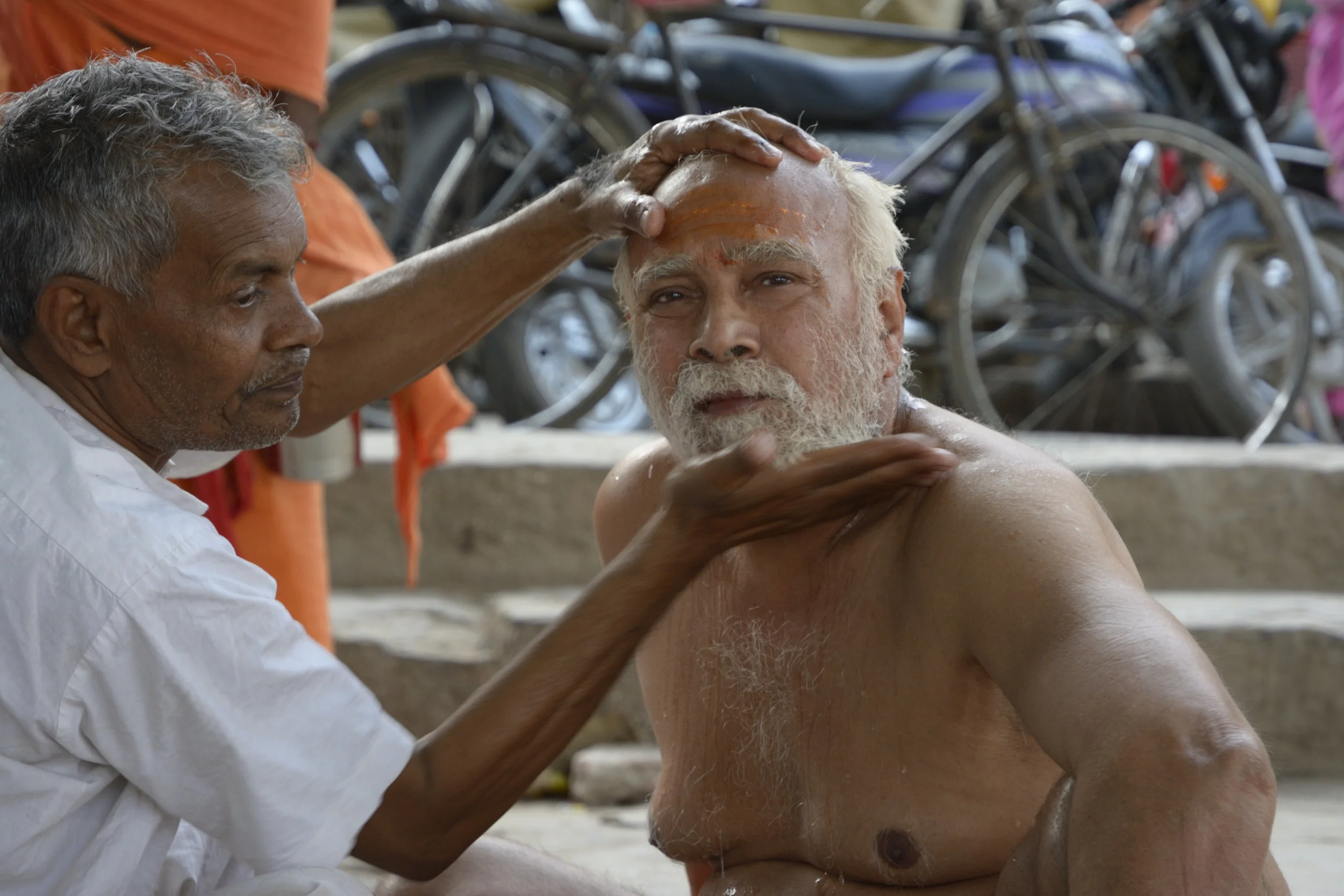"We have the opportunity to allow our perception of the world – as something apparently outside ourselves – to rest in the heart of Awareness."
These are divided times. At least, it’s easy for it to appear that way. We have no shortage of conflict. No shortage of judgment. No shortage of fear.
For those of us practicing peace, for those of us dedicated to liberation, we’ve been offered a grand opportunity to accept what we haven’t be willing to accept. To give what we haven’t been able to give. To love what we haven’t been willing to love.
We are being invited to bring the world, during such divided times, into the heart of acceptance rather than perpetuating resistance. Rather than fighting. Rather than rejecting. Rather than fearing.
While we practice this, while we practice releasing the conditioned barriers that further the divide – internally and externally – we have another glowing opportunity in front of us.
We have the opportunity to allow our perception of the world – as something apparently outside ourselves – to rest in the heart of Awareness.
This is the larger task. This is what our freedom hinges upon.
It is one thing to practice forgiving someone you’ve deemed an opponent. It’s another to allow your mistaken perception of an “other” to rest in the recognition of oneness. To see the world as arising out of consciousness, rather than filled with individuals who are becoming more conscious.
It is one thing to embrace something that you’ve historically rejected. It’s another to recognize yourself as the embrace of Awareness itself. Awareness that has no capacity to exclude. No ability to reject. No capacity to hold apart.
This is not a mental exercise. This is our glowing invitation. This is the doorway to lasting peace.
Caverly will be offering a by-donation, live, online class on this topic on Sunday May 7th from 11am-12:30pm PST through Worldwide Insight.

























